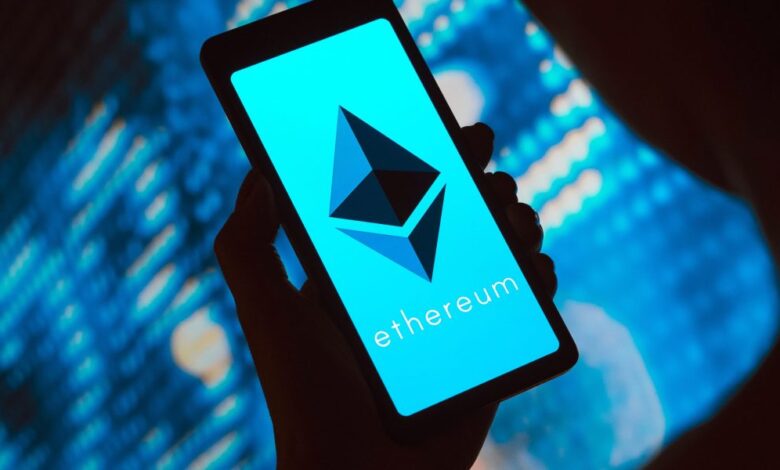Understanding Ethereum’s Dencun Upgrade and Its Implications

On Wednesday morning, Ethereum, the world’s second most valuable blockchain, celebrated a significant milestone with the completion of the Dencun upgrade. This overhaul marks the most substantial alteration to the network’s code in over a year, signaling a pivotal moment in Ethereum’s evolution as it strives to address scaling challenges and alleviate notorious gas fees. But what exactly is Dencun, and how does it promise to revolutionize Ethereum? Our straightforward guide breaks it all down for you.
What is the Dencun Upgrade?
Dencun comprises two critical upgrades implemented simultaneously on Ethereum: the “Cancun” upgrade impacting the execution layer and the “Deneb” upgrade affecting the consensus layer. The former pertains to transaction processing, while the latter focuses on how network users agree on the blockchain’s state.
Technically, this upgrade materialized through a new Ethereum Improvement Proposal (EIP) dubbed “proto-danksharding” or EIP-4844, enhancing the blockchain’s capability to handle data from secondary networks.
Why was Dencun Necessary?
Primarily, the upgrade aims to mitigate gas fees for the burgeoning networks operating atop Ethereum known as Layer 2 (L2) or “rollups.” Gas fees have historically surged during periods of heightened activity, rendering Ethereum impractical for large-scale use. Roll-ups offer a solution by processing transactions separately and then consolidating them onto the main Ethereum blockchain in batches. However, a significant challenge arises post-compression: nodes processing transactions retain L2 data indefinitely, necessitating escalating hardware resources over time. This results in over 90% of rollup fees being consumed for data storage. Dencun addresses this issue by introducing more efficient data handling, ensuring L2 data is added to the base Ethereum network fleetingly rather than perpetually, with “blob data” being stored for a finite period of 18 days.
Impact on Ethereum’s Future
While the upgrade promises substantial benefits, users on the primary Ethereum network (L1) will not immediately experience reduced fees. It’s estimated that not until 2026-27, with the advent of “full danksharding,” a scaling method facilitating increased transactional capacity, will L1 users reap the rewards. EIP-4844 heralds the onset of Ethereum’s “Surge” phase, as envisioned by co-founder Vitalik Buterin, with the ambitious goal of achieving 100,000 transactions per second.
Financial Ramifications and Market Outlook
The Dencun upgrade is poised to significantly lower gas fees on L2 networks, with fees expected to plummet by a factor of 10. Transactions on decentralized exchanges, currently costing $1-2, could plummet to as little as 10-20 cents, or even fractions of a cent. This transformative shift holds profound implications for Ethereum’s native cryptocurrency, Ether (ETH), which has experienced a meteoric rise, recently surpassing $4,000. Experts anticipate the upgrade to have a substantial and enduring impact on ETH’s price, potentially surpassing the influence of ETF approvals. The prospect of near-free transactions opens the floodgates to a myriad of applications, both financial and non-financial, fueling optimism for Ethereum’s boundless potential.
In essence, Dencun heralds a new era for Ethereum, propelling it towards greater scalability, affordability, and innovation, and solidifying its position as a pioneering force in the world of blockchain technology.


